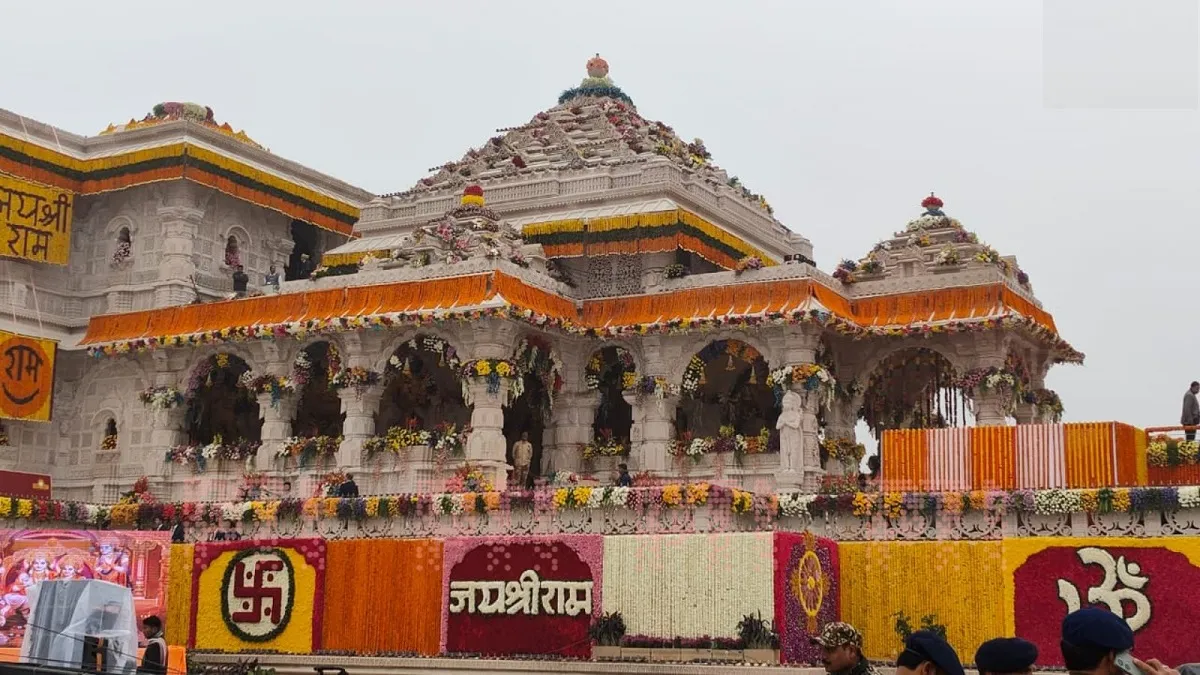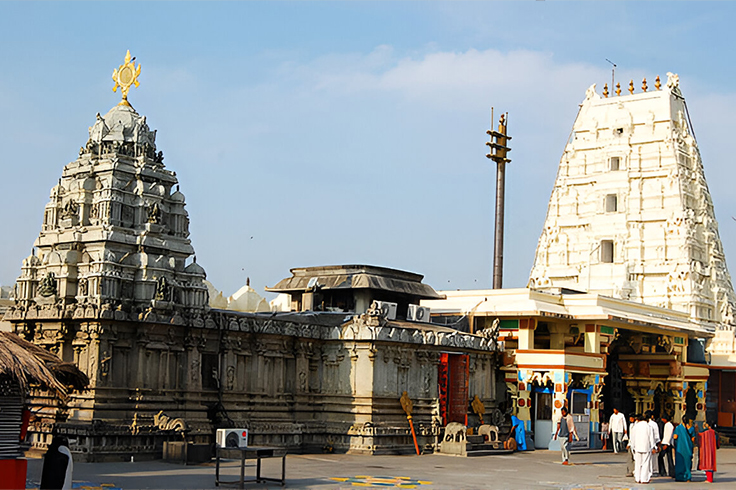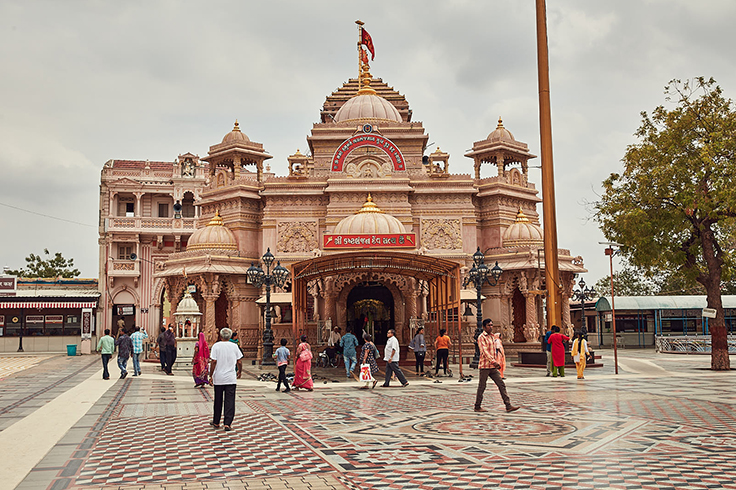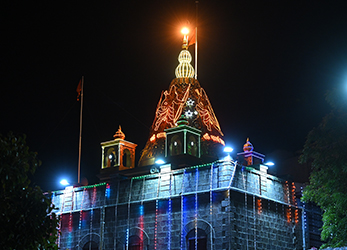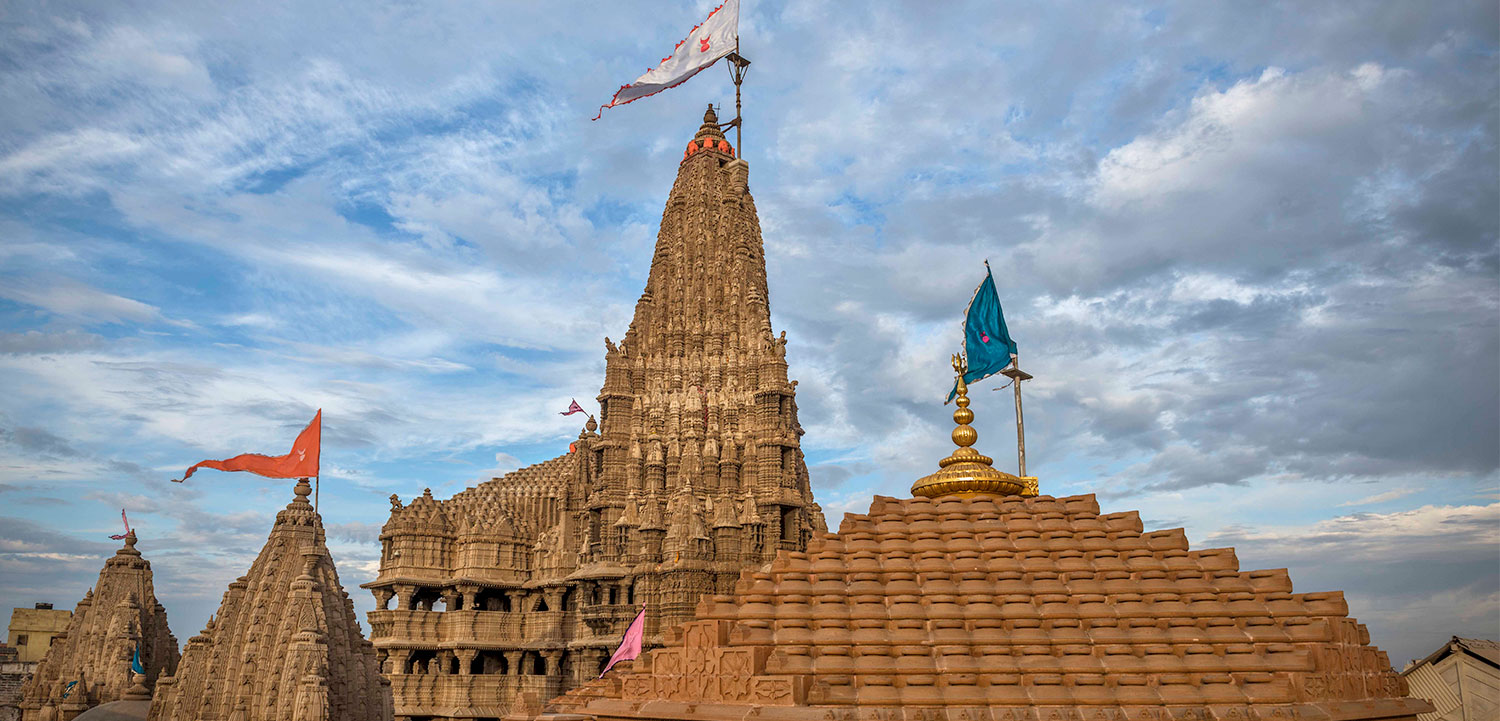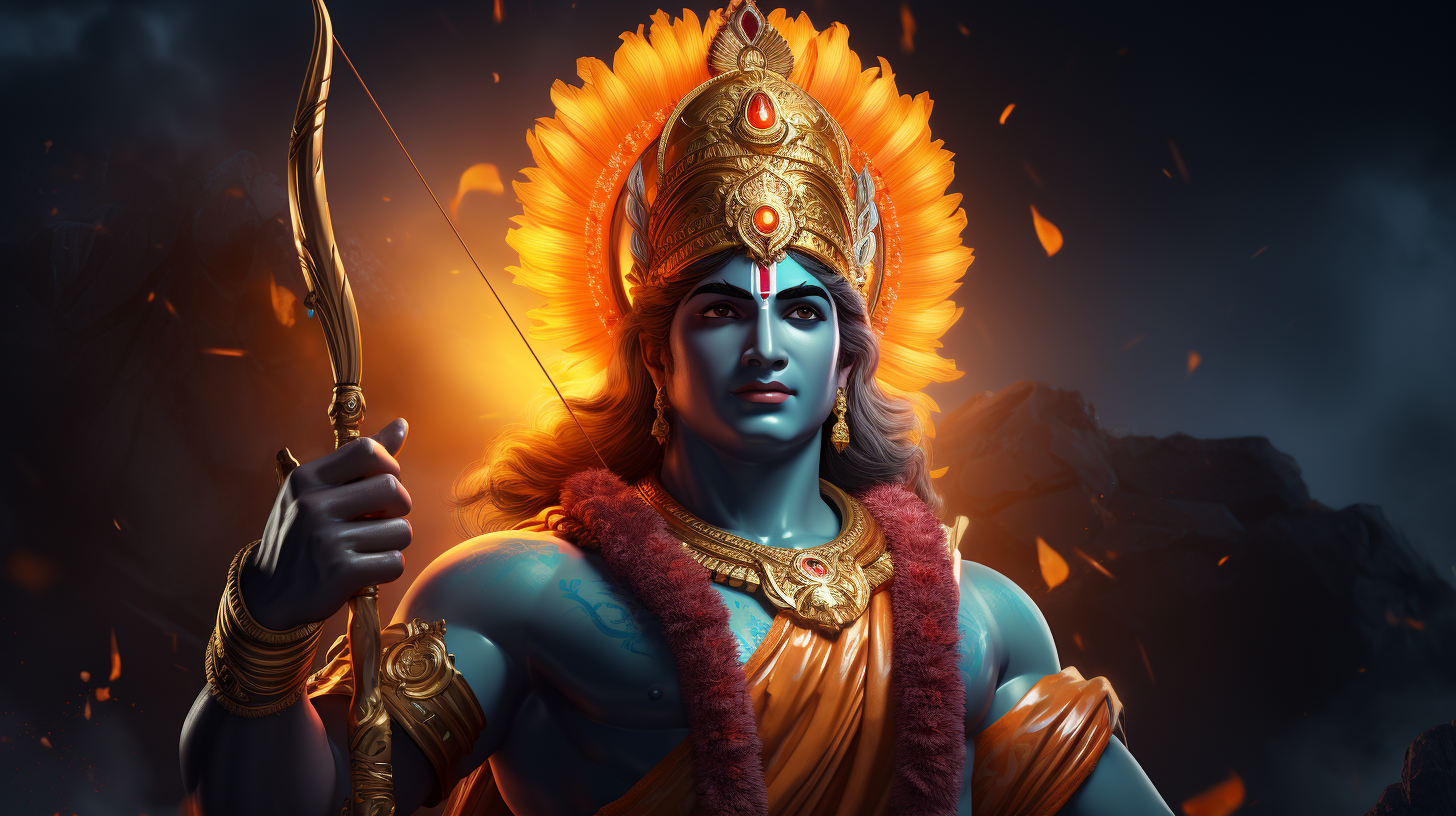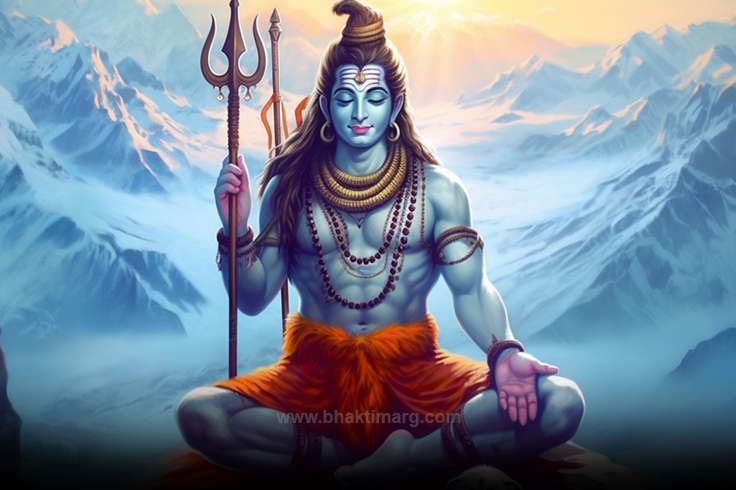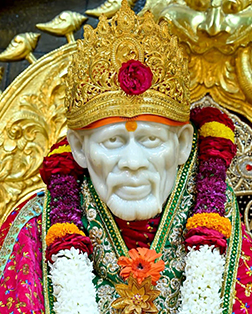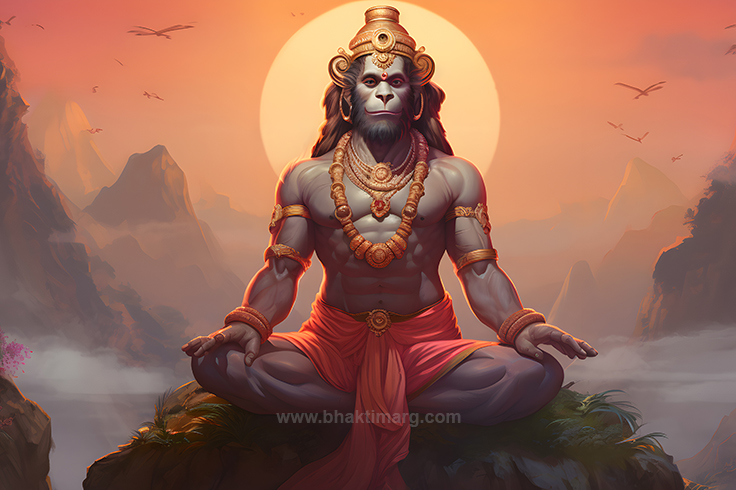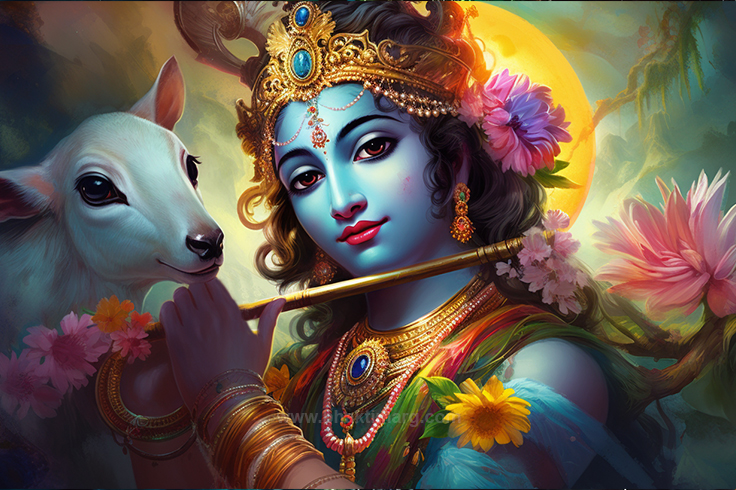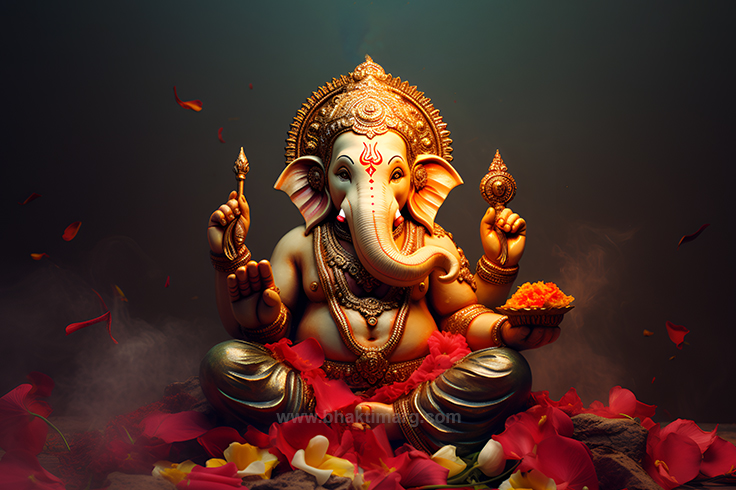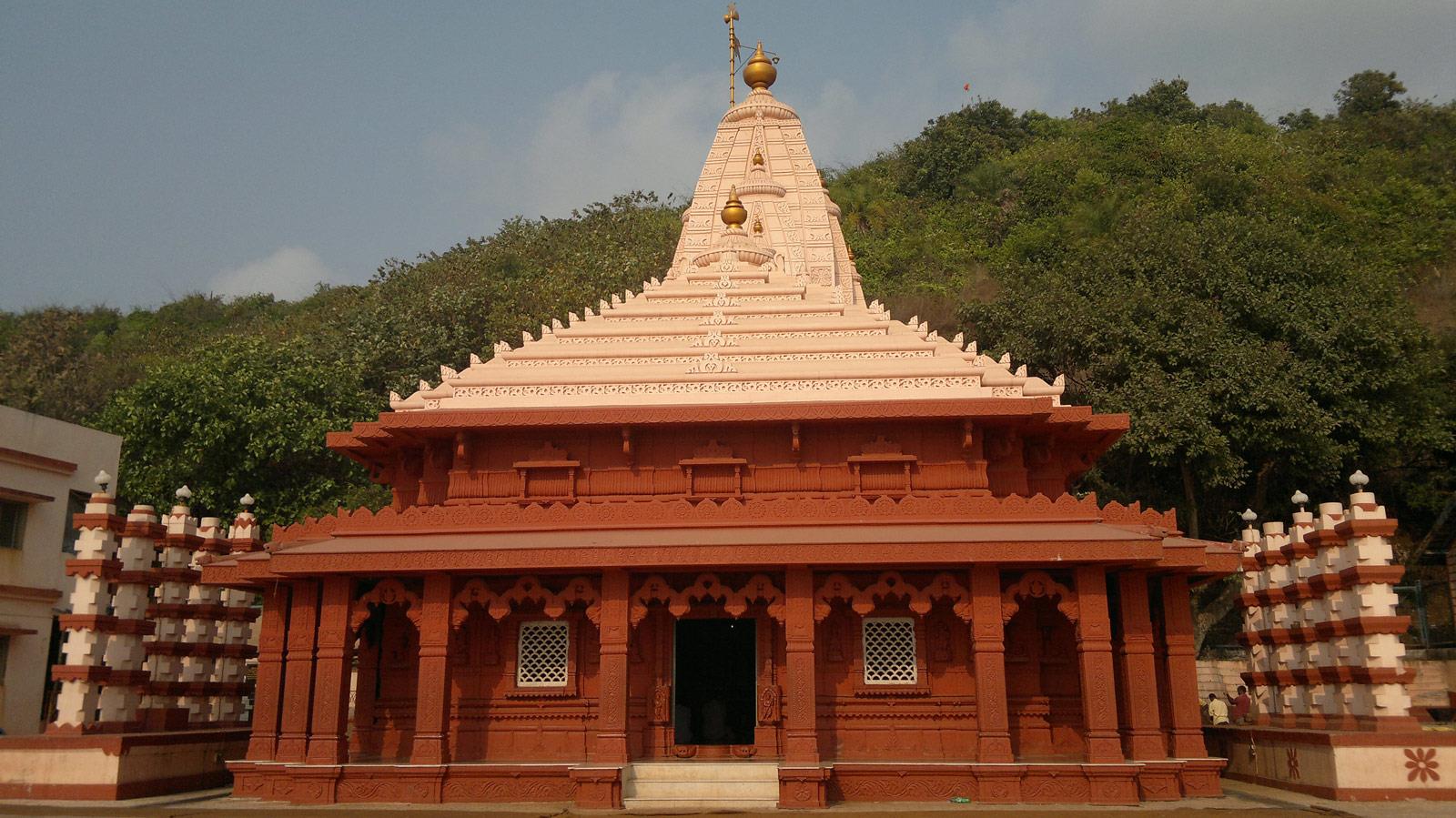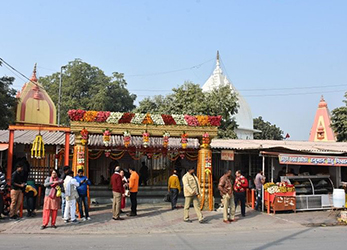
Kedarnath Temple, Uttarakhand
The marvelous Kedarnath Temple stands tall at an extremely high altitude of approx. 3580 meters and it is encircled by the colossal Garhwal Himalayas. The splendid Kedarnath Mandir is one of the sacred Jyotirlingas of Shankar Bhagwan or Lord Shiva. The Kedarnath Jyotirlinga is one among the dozen of Shiva’s Jyotirlingas spread across India. The Kedar Nath Mandir is a highly frequented Hindu pilgrimage site since it is a crucial site among the four Chota Char Dham sites. This magnificent temple is regarded as an immensely powerful Shiva temple and is among the Paadal Petra Sthalams, comprising 275 most impressive Shiva temples across the globe. Moreover, the Kedar Nath Temple is the most revered Shiva temple among the holy Panch Kedars.
This beautiful temple is washed by the holy waters of the River Mandakini. Pilgrims are awestruck by the picturesque views and peaceful ambiance. The famous temple is thronged by thousands of Hindu pilgrims every year. They visit this holy place to appease Lord Shiva and seek his blessings. Kedarnath ka Mandir is equally frequented by Hindu devotees and adventure seekers. We at Bhakti Marg aim to fulfill your spiritual quest by giving you valuable insights into sacred Hindu temples, on our official website.
This significant Shiva temple is located in the Garhwal Himalayan range of Uttarakhand, India. It is one of the holiest pilgrimage sites for Hindus since it is part of the Char Dham Yatra, which includes three other sacred sites: Badrinath, Gangotri, and Yamunotri. The Shri Kedarnath Mandir is one of the Char Dham Yatra destinations, which are considered the four holiest pilgrimage sites for Hindus. The other three Char Dham sites include Badrinath, Yamunotri, and Gangotri. Kedarnath is especially renowned among devotees due to its remote and high-altitude location, which requires a pilgrimage trek to reach the temple.
The structure of theKedarnath Dham Mandir is built in a traditional North Indian architectural style using large stone slabs and wooden beams. The temple complex also includes a statue of Nandi, the sacred bull associated with Lord Shiva, as well as shrines dedicated to other deities. Thousands of Hindu pilgrims visit this magnificent temple each year, particularly during the warmer months when the temple is accessible due to snow melting in the region. The temple has faced challenges from natural disasters, including the devastating floods and landslides that occurred in the area in 2013. However, restoration and renovation endeavors have been ongoing to preserve and reconstruct this imposing pilgrimage site.
Historical Relevance of Shri Kedarnath Dham
The history & origin of Kedar nath Dham are deeply rooted in Hindu mythology and legend, making it a place of immense spiritual importance. While historical records are limited, the temple’s origins are believed to date back thousands of years. The origin of Kedarnath Temple is associated with Hindu belief and the legend of Lord Shiva. According to the Puranas, famous ancient Hindu scriptures, the temple is believed to be the spot where Lord Shiva, in the form of a bull or Nandi, dived into the ground to escape from the Pandavas, who were seeking his blessings after the Kurukshetra War. The Pandavas were in search of Lord Shiva to seek forgiveness for their sins in the war. Kedarnath Temple has been mentioned in various ancient texts and records, including the Puranas and travel accounts of pilgrims. The famous Shree Kedarnath Dham was originally constructed by the famous Pandavas. Then, it was again reconstructed, restored, and refurbished by Adi Shankara, during the 8th A.D. Over the centuries, it has been a revered destination for countless pilgrims, saints, and devotees who come to seek Lord Shiva’s blessings and perform religious rites. The Kedarnath Badrinath Temple has encountered many natural catastrophes, like landslides and even earthquakes. The temple was majorly damaged by flash floods in 2013. The Badrinath Kedarnath Temple went through extensive renovation since devotees of Lord Shiva demonstrated their unflinching support, determination, and dedication to rebuild and preserve this famous Shankar Mandir.
Significance of Shiv Kedarnath Temple
The Kedarnath Temple holds immense significance in Hinduism and is considered one of the holiest pilgrimage sites for Hindus. Kedarnath is one of the twelve Jyotirlingas, which are sacred representations of Lord Shiva. These Jyotirlingas are believed to be self-manifested forms of Lord Shiva, and Kedarnath represents one of these divine manifestations. Devotees believe that worshipping Lord Shiva in the form of a Jyotirlinga can help attain spiritual liberation (moksha). Kedarnath is also one of the Panch Kedar shrines, which are a group of five temples in the Garhwal Himalayas. These temples are associated with different parts of Lord Shiva’s body, with Kedarnath representing the hump of the bull form of Shiva. Pilgrims undertake a journey to all five of these temples to seek blessings and atonement for their sins.

The temple’s origins are rooted in Hindu beliefs, as it is believed to have been established by the Pandavas as a way to seek forgiveness from Lord Shiva for their actions during the Kurukshetra War, including the killing of their own kin. Devotees of Lord Shiva visit this famous Hindu pilgrimage site to seek blessings from Shankar Bhagwan or Lord Shiva and gain divine enlightenment. Staunch Hindu devotees believe that they can gain moksha and go a step closer to freedom from the cycle of life and death. The Kedarnath Pilgrimage site demonstrates the religious diversity and grand cultural heritage of our nation. It is a major attraction for Shiva devotees, Hindu pilgrims, scholars, and tourists who have a passion for unveiling the architectural and spiritual history of India.
Shri Kedarnath Mandir Salient Architectural Features
Kedarnath Mandir looks imposing and presents spectacular views. It is composed of gray stones. Sturdy iron clamps were used to interlock the gray stone slabs. The temple has been seamlessly built without using mortar. The most stunning feature is the asymmetrical lingum strategically placed on a 12 ft. high pedestal. The architecture of Kedarnath Temple is unique and reflects the traditional style of North Indian temple architecture, particularly prevalent in the Himalayan region. The temple’s construction is primarily made of large stone slabs, and it features a distinctive pyramid-shaped spire or shikhara. The temple is constructed using massive stone blocks that are intricately carved and interlocked to form the walls and the superstructure. These stone slabs provide durability and stability to the temple, allowing it to withstand the harsh weather conditions of the Himalayan region.
Kedarnath Temple’s most prominent architectural feature is its pyramid-shaped spire, known as the shikhara. The shikhara is made of stone and rises to a significant height. It is adorned with intricate carvings and sculptures of deities and mythological figures. The main hall of the temple is called the mandapa. It serves as the central congregation area for devotees and features a spacious interior. The garbhagriha is the innermost sanctum of the temple, where the presiding deity, Lord Shiva, is enshrined. The garbhagriha is a small, dimly lit chamber, symbolizing the cave where Lord Shiva is believed to have concealed himself. The temple is adorned with various decorative elements, including intricate stone carvings, sculptures, and friezes depicting scenes from Hindu mythology. These carvings, sculptures, and the Kedarnath Mandir ki Murti add to the temple’s aesthetic beauty and spiritual significance. Entrance and Doorways: The temple has a single entrance that leads into the mandapa. The doorways are often ornately decorated with carvings and motifs of deities and celestial beings.
Kedarnath Mandir Location
The sacred shrine is located in Uttarakhand. It is at an incredibly high altitude, making the journey to the temple both spiritually rewarding and physically challenging. The Kedarnath 4 Dham yatra can be spiritually fulfilling and a truly rewarding experience for devout Hindu pilgrims.
How to Reach
The nearest airport to Kedarnath is Jolly Grant Airport in Dehradun, which is approximately 238 kilometers away from Gaurikund, the nearest roadhead to Kedarnath. From Dehradun, you can hire a taxi or take a bus to reach Gaurikund. The nearest major railway station is Rishikesh, which is about 216 kilometers (134 miles) from Gaurikund. You can reach Rishikesh by train from major Indian cities like Delhi, Haridwar, and others. From Rishikesh, you can continue your journey by hiring a taxi or taking a bus to Gaurikund. Gaurikund is well connected by road to major cities and towns in Uttarakhand. From Gaurikund, the trek to Kedarnath Temple is approximately 14 kilometers. You can choose to walk, ride a pony, or use a palanquin for the trek. The most traditional and spiritually fulfilling way to reach Kedarnath Temple is by undertaking the trek from Gaurikund. The Kedarnath by walk is moderately challenging due to its steep ascent, high altitude, and unpredictable weather conditions.
However, trekking in Kedarnath can be an immensely enjoyable and exciting experience. Ponies, palanquins, and porters are available for those who prefer assistance during the trek. Helicopter services operate from Phata and Guptkashi to Kedarnath during the temple’s opening season. This option is suitable for those seeking a quicker and more comfortable journey. The palanquin services are especially helpful for elderly or physically challenged pilgrims.
Kedarnath Temple Opening
It is crucial to know the Kedarnath Temple opening months and other important Kedarnath Mandir details. Please note that the temple is usually open for pilgrims from late April or early May to November, depending on weather conditions. It is important to find out the Kedarnath visiting months. It remains closed during the winter months due to heavy snowfall and inaccessibility. Try to find out the precise Kedarnath temple hours before planning a pilgrimage to the temple. Summer is the best time to visit this magnificent temple. June is the best month for Kedarnath. Visiting Kedarnath in July can be tricky as the time is marked by heavy rainfall. Avoid going for Kedarnath temple yatra in the harsh winter months.
Kedarnath Temple Hours
It is pivotal to know the precise Kedarnath Mandir timings. The puja starts at 4.00 a.m. with Maha Abhishek, and end at around 7.00 p.m. with the Shyan aarti. The deity murti darshan starts at 6 am and from 3 in the afternoon to 5 p.m. there is a break. The public timing for darshan at Kedarnath Temple Mandir ends at 7:00 p.m. Kedarnath Temple pujari will help you in performing the puja. You may visit Bhakti Marg for the Kedarnath Temple website to verify the timings and other details.
Tourist Hotspots
Badrinath Temple: Badrinath is another significant pilgrimage site for Hindus and is one of the Char Dham temples. It is located about 214 kilometers from Kedarnath. The Badrinath Temple is dedicated to Lord Vishnu and is set against the backdrop of the majestic Neelkanth Peak.
Deoria Tal: Deoria Tal is a picturesque lake located about 61 kilometers from Kedarnath. It offers stunning panoramic views of the Chopta and Tungnath peaks. The trek to Deoria Tal is relatively easy and is popular among nature enthusiasts.
Rudraprayag: Rudraprayag is a town located at the confluence of the Alaknanda and Mandakini rivers, approximately 86 kilometers from Kedarnath.
Top Reasons to Visit
Kedarnath Temple is one of the holiest pilgrimage sites for Hindus. Pilgrims visit the temple to seek the blessings of Lord Shiva and to embark on a sacred journey. The temple is located in the stunning Garhwal Himalayan region, offering scintillating views of snow-capped peaks, lush valleys, and pristine rivers. The journey to Kedarnath is an opportunity to enjoy the bounties of nature. The trek to Kedarnath Temple is a challenging and spiritually rewarding experience.
Kedarnath Temple offers a blend of spiritual, cultural, natural, and adventure experiences, making it a unique and revered destination for people of various interests and backgrounds. Whether you are a devout pilgrim or a curious traveler, a visit to Kedarnath Temple promises a deeply enriching and fulfilling journey. People find the Kedarnath temple so awe-inspiring that they use the Kedarnath Temple pandal during Durga Puja for Hindu devotees to get a feel of the spectacular temple even when away from the actual pilgrimage site.
Darshan Timing & Festival
Open Close Timing : |
4am to 9pm and there is an evening break between 3-5 pm. |
Festivals : |
Maha Shivaratri |
Temple Information
Basic Services : |
Prasad, Darshan, Aarti, Abhishek, Accommodation, Eateries, |
Organized By : |
Shri Badarinath Kedarnath Temple Committee |
Dedicated To : |
Lord Shiva |
Architecture : |
Rekha-Sikhara style |
Photography : |
Not Allowed |
Entry Fee : |
No |
How To Reach
Address : |
Kedarnath, Near Mandakini River, Uttarakhand 246445 |
Roads : |
Kedarnath is well-connected by road to major cities like Delhi, Haridwar, Rishikesh, and Dehradun. You can take a taxi or a bus from these cities to reach Kedarnath. |
Nearest Railway : |
Haridwar Railway Station which is around 241 km away. From the railway station |
Nearest Airport : |
The closest airport to Kedarnath is Jolly Grant Airport in Dehradun, situated approximately 239 km away. |
Official Website : |
https://badrinath-kedarnath.gov.in/ |




